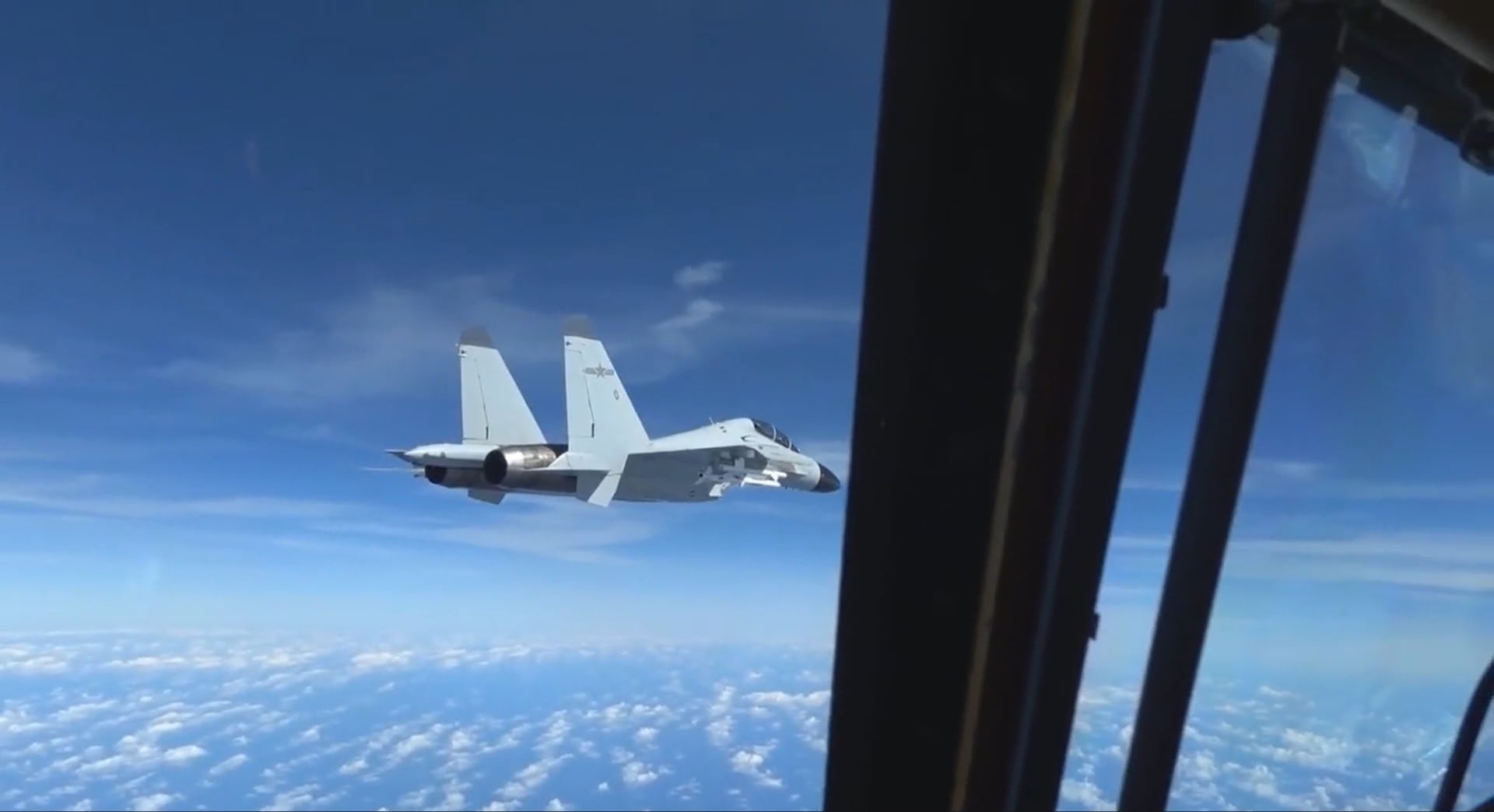The North American Aerospace Defense Command is tracking a high-altitude Chinese surveillance balloon floating over the U.S., the Pentagon confirmed Thursday, but there are no plans to shoot it down.
The balloon is floating above commercial air traffic and doesn’t present a threat to anything on the ground currently, Air Force Brig. Gen. Pat Ryder told reporters.
“Instances of this kind of balloon activity have been observed previously over the past several years,” Ryder said. “Once the balloon was detected, the U.S. government acted immediately to protect against the collection of sensitive information.
A senior defense official declined to say how long the government had been tracking the balloon, and declined to elaborate on previous known instances of spy balloons floating over the U.S., saying only that the government is confident the balloon belongs to China and that it has lingered over U.S. air space for a longer period of time than previous balloons.
RELATED

Defense Secretary Lloyd Austin, Army Gen. Mark Milley, the chairman of the Joint Chiefs, and Air Force Gen. Glen VanHerck, the head of Northern Command, advised President Biden on Wednesday not to shoot the balloon down, over concerns that debris could cause casualties on the ground.
“Currently, we assess that this balloon has limited added value from an intelligence collection perspective, but we are taking steps, nevertheless, to protect against foreign intelligence collection of sensitive information,” the official said. “We’re also tracking what abilities that could have in gaining insight and continue to monitor the balloon as it is over the continental United States.”
As the balloon drifted over Montana, it prompted the shutdown of the Billings airport on Wednesday and the alert of Air Force F-22 fighters as part of a possible plan to shoot it down over a more sparsely populated part of the state.
“So, we wanted to make sure we were coordinating with civil authorities to empty out the airspace around that central area but, even with those protective measures taken, it was the judgment of our military commanders that it didn’t drive the risk down low enough, so we didn’t take the shot,” the official said.
Montana is home to one of three U.S. bases operating nuclear fields, but the official said it’s unlikely the balloon could see anything more than orbiting Chinese satellites are already able to see.
“But out of an abundance of caution, we have taken additional mitigation steps that I’m not going to go into … but we know exactly where this balloon is, exactly what it is passing over,” the official said. “We are taking steps to be extra vigilant so that we can mitigate any foreign intelligence risk.”
The U.S. has reached out to Chinese officials through diplomatic channels, the official added.
“We have communicated to them the seriousness with which we take this issue, but beyond that, I’m not going to go into the content of the message, but we have made clear we will do whatever is necessary to protect our people and our homeland,” he said.
Meghann Myers is the Pentagon bureau chief at Military Times. She covers operations, policy, personnel, leadership and other issues affecting service members.





